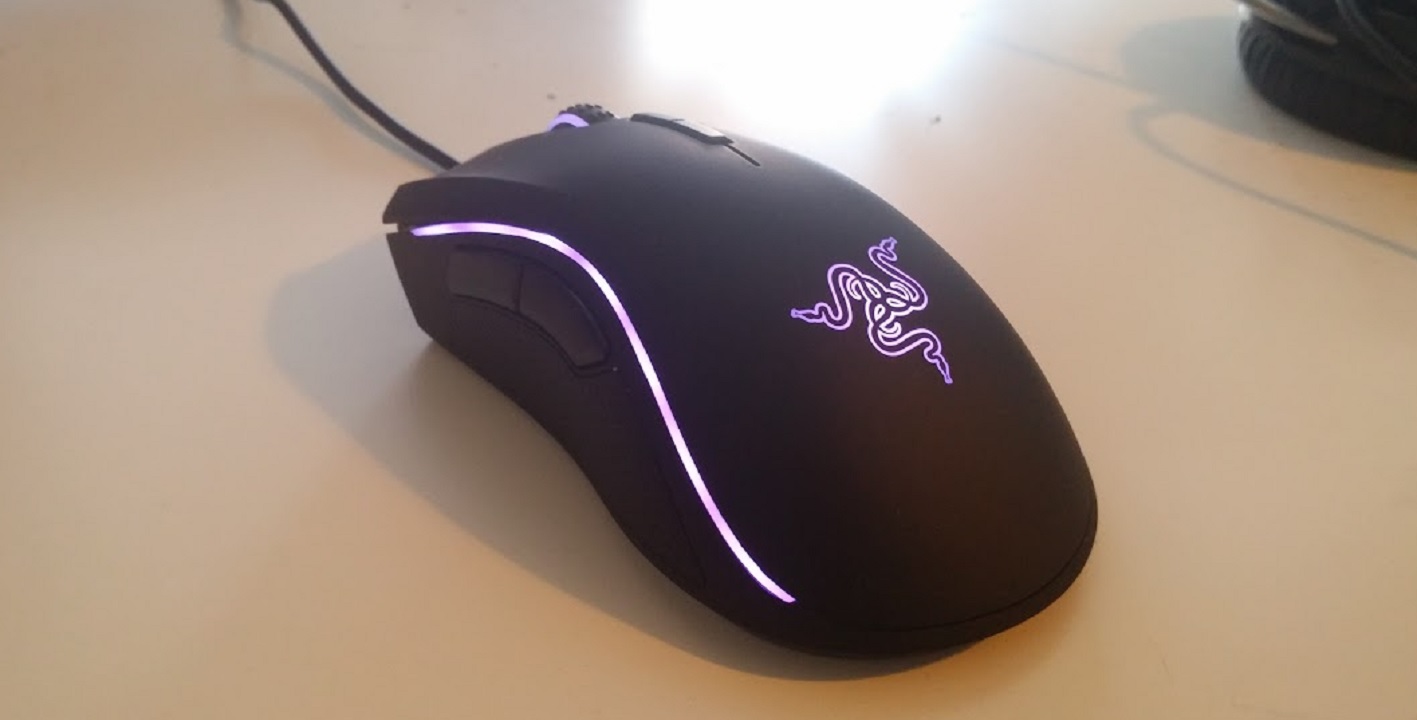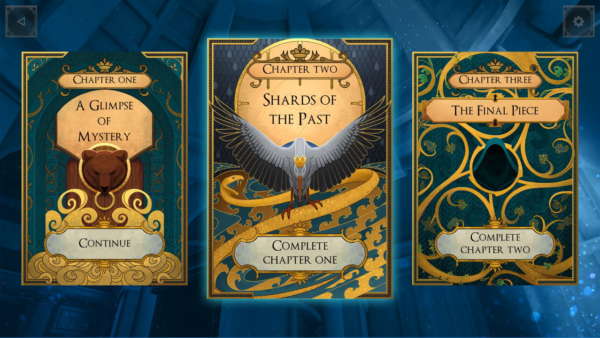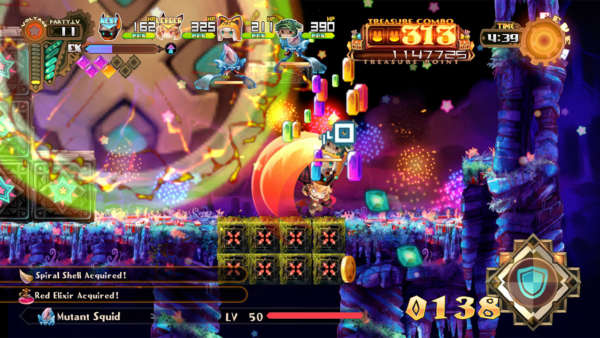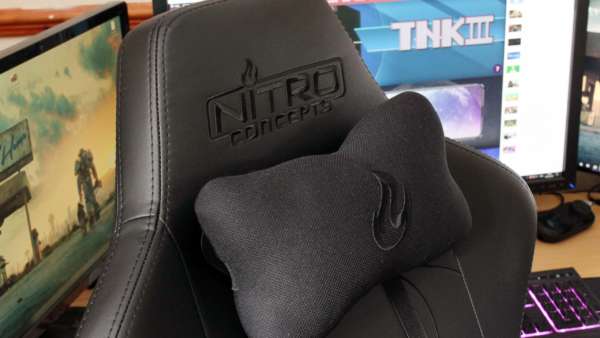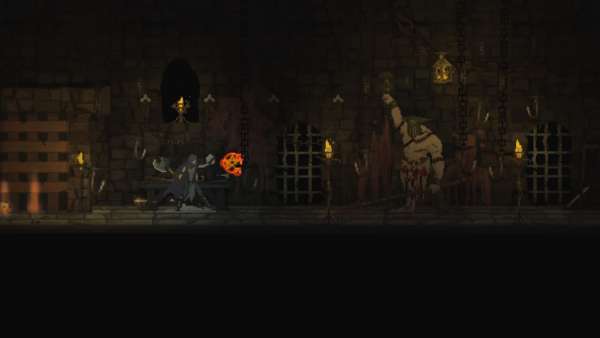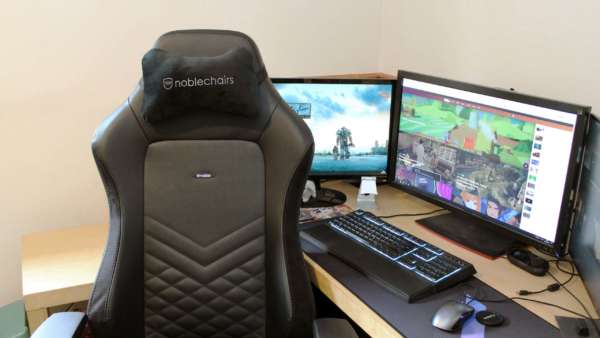The Razer Mamba Tournament Edition is designed for players on a budget, allowing them to purchase one of the company’s flagship mice without forking out the high-price for the wireless equivalent. As this version of the Mamba is a fully wired mouse, it is surprisingly slightly heavier than its wireless twin brother most likely due to the braided cable which uses a sturdy material to avoid wire breaks and cable deterioration over prolonged use.The Tournament Edition weighs in at a 133g, slightly heavier than the Wireless Mamba which weighs only 125g.
Currently retailing at £80, the Razer Mamba TE might seem a little pricey especially when compared with similar offerings from competitors like the Steelseries Sensei, however after my time with the Mamba it is clearly provides a lot of bang for your buck.
The Mamba TE flaunts many features, some which previous Razer owners will be familiar with. One such feature is the Chroma lighting which allows users to choose from over 16 million colour choices as well as different styles for the mouse. Colours aside, the Mamba TE can reach a DPI of 16,000 which might seem overkill but does mean that players have an exceedingly wide range to choose from in order to make the mouse feel exactly how they want it to when gaming.
When setting the mouse to the Olympian high of 16,000 DPI I found that it felt far too sensitive, mere twitches of the mouse would result in my cursor launching across the screen as if shot out of a cannon. The highest setting must only be helpful when controlling items that are usually incredibly slow to turn or manoeuvre (tanks from Battlefield 4 are the best example). With every test I reduced the DPI by 500, and only found a comfortable point when I hit a low of 2500, luckily the changing of sensitivity is a fairly simple task, underneath the mouse wheel are two buttons that allow you to switch from one of five DPI settings, this allows players to change it depending on their situation in game.
Razer have used their top tech in the Mamba TE, the 5G laser sensor which can track up to 210 inches per second with a 1ms response time. This meant while test aiming felt natural, but precise which was incredibly helpful in titles such as Rise of the Tomb Raider for more deadly headshots with the bow.
